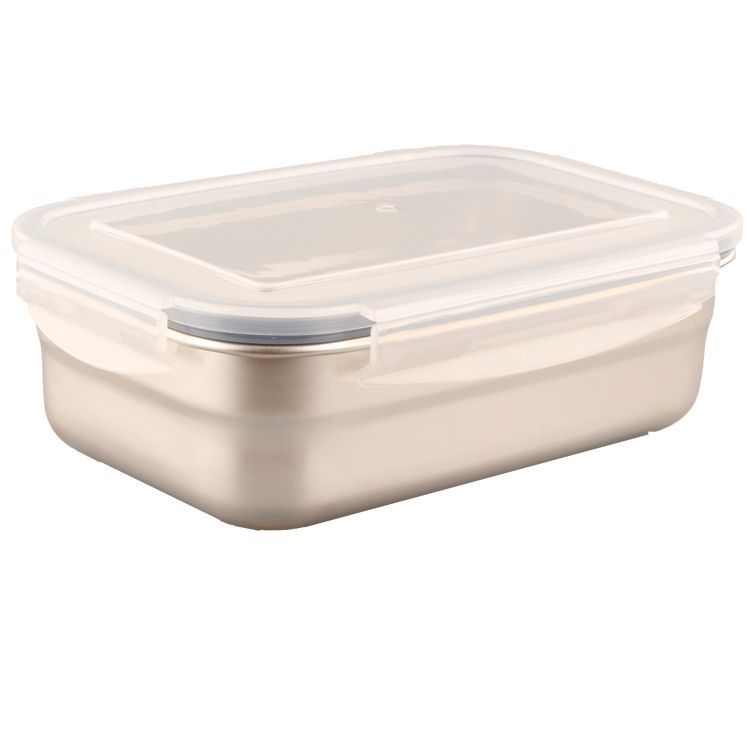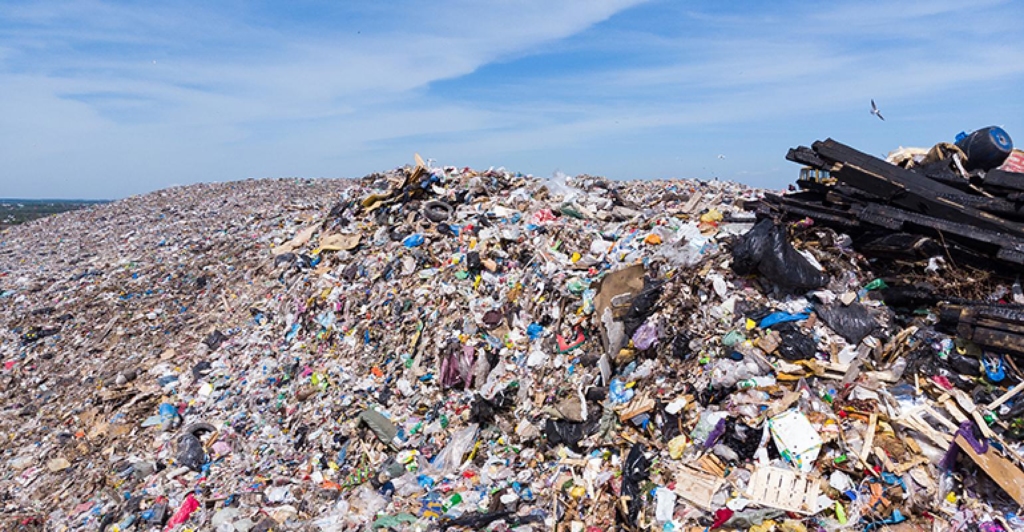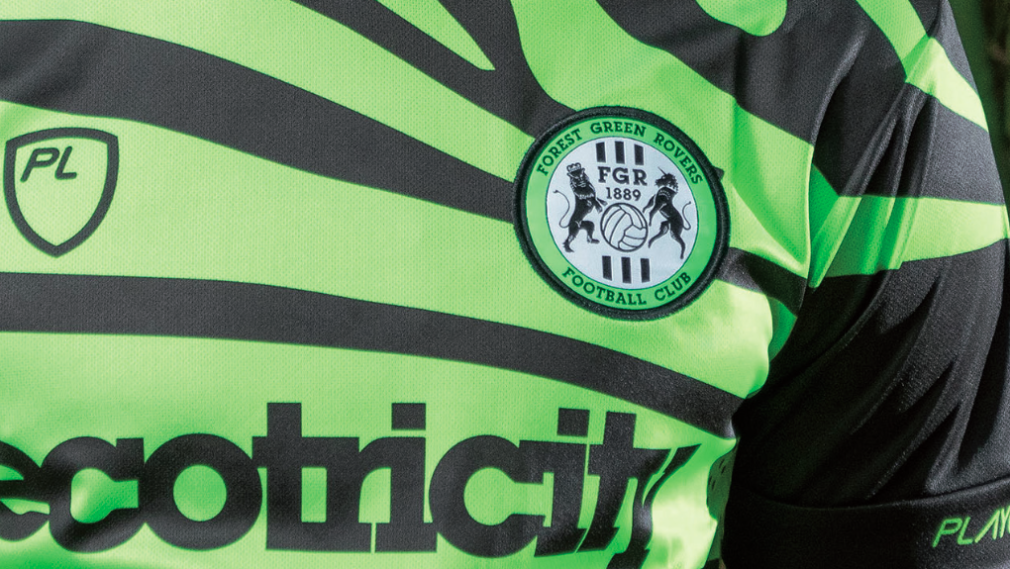Sustainable Packaging Solutions in the Food Industry

The food delivery sector has experienced tremendous growth in recent years, providing convenience and access to a wide range of culinary delights. However, the industry’s reliance on single-use packaging has raised concerns about the environmental impact of packaging waste. In response, innovative solutions are emerging to promote sustainable practices. Solutions have a particular focus on reusable food containers and delivery packaging. This article explores the importance of sustainable packaging in the food delivery sector. Highlighting the benefits of embracing reusable alternatives and the role they play in reducing single-use waste.

The Problem with Single-Use Packaging
Traditional single-use packaging, such as plastic containers, cutlery, and packaging materials, contribute to the mounting waste crisis. These items are typically used once and then discarded, ending up in landfills or polluting our oceans and natural environments. The sheer volume of packaging waste generated by the food delivery sector has prompted a call for more sustainable alternatives that can help mitigate the environmental consequences.
Embracing Reusable Food Containers and Delivery Packaging
A promising solution lies in the adoption of reusable food containers and delivery packaging. Instead of relying on single-use materials, the industry is increasingly exploring durable, washable, and food-safe containers that can be returned, sanitized, and reused. These containers are typically made from materials like stainless steel, glass, or sturdy BPA-free plastics. By encouraging customers to return the containers after use, food delivery platforms can create a closed-loop system, significantly reducing packaging waste.

The Benefits of Reusable Packaging
Embracing reusable food containers and delivery packaging offers a multitude of benefits. Firstly, it greatly reduces the amount of packaging waste generated by the food delivery sector, lowering the overall environmental footprint. Secondly, reusable packaging helps to save resources and energy that would otherwise be required for the production and disposal of single-use items. Additionally, it provides an opportunity for food delivery platforms to engage with their customers and foster a sense of environmental responsibility. By offering incentives, such as discounts or loyalty programs, companies can encourage customers to opt for reusable packaging and actively participate in waste reduction efforts.
Challenges and Future Outlook
While the adoption of reusable packaging in the food delivery sector holds great promise, there are challenges to overcome. One of the primary challenges is establishing efficient logistics for the collection, cleaning, and redistribution of the containers. Companies need to invest in robust infrastructure and implement streamlined processes to ensure a seamless and hygienic system. Moreover, customer education and awareness are crucial to drive behavior change and encourage the widespread adoption of reusable packaging options.
Wrap up
The food delivery sector has a responsibility to address the environmental impact of its packaging waste. By embracing reusable food containers and delivery packaging, the industry can make significant strides toward sustainability. Reusable packaging not only reduces single-use waste but also promotes resource conservation and engages consumers in environmentally conscious choices. As more food delivery platforms and consumers prioritize reusable alternatives, we can create a future where convenience and sustainability coexist, minimizing the environmental footprint of the food delivery sector and paving the way for a greener, more resilient future.


